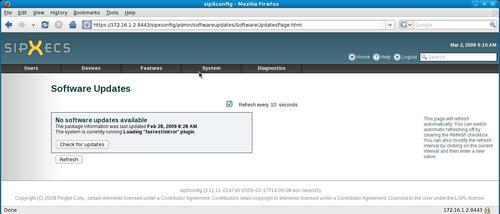Overview of this book
Open source telephony systems are making big waves in the communications industry. Moving your organization from a lab environment to production system can seem like a daunting and inherently risky proposition. Building Enterprise Ready Telephony Systems with sipXecs delivers proven techniques for deploying reliable and robust communications systems.
Building Enterprise Ready Telephony Systems with sipXecs provides a guiding hand in planning, building and migrating a corporate communications system to the open source sipXecs SIP PBX platform. Following this step-by-step guide makes normally complex tasks, such as migrating your existing communication system to VOIP and deploying phones, easy. Imagine how good you'll feel when you have a complete, enterprise ready telephony system at work in your business.
Planning a communications system for any size of network can seem an overwhelmingly complicated task. Deploying a robust and reliable communications system may seem even harder. This book will start by helping you understand the nuts and bolts of a Voice over IP Telephony system. The base knowledge gained is then built upon with system design and product selection. Soon you will be able to implement, utilize and maintain a communications system with sipXecs. Many screen-shots and diagrams help to illustrate and make simple what can otherwise be a complex undertaking. It's easy to build an enterprise ready telephony system when you follow this helpful, straightforward guide.




